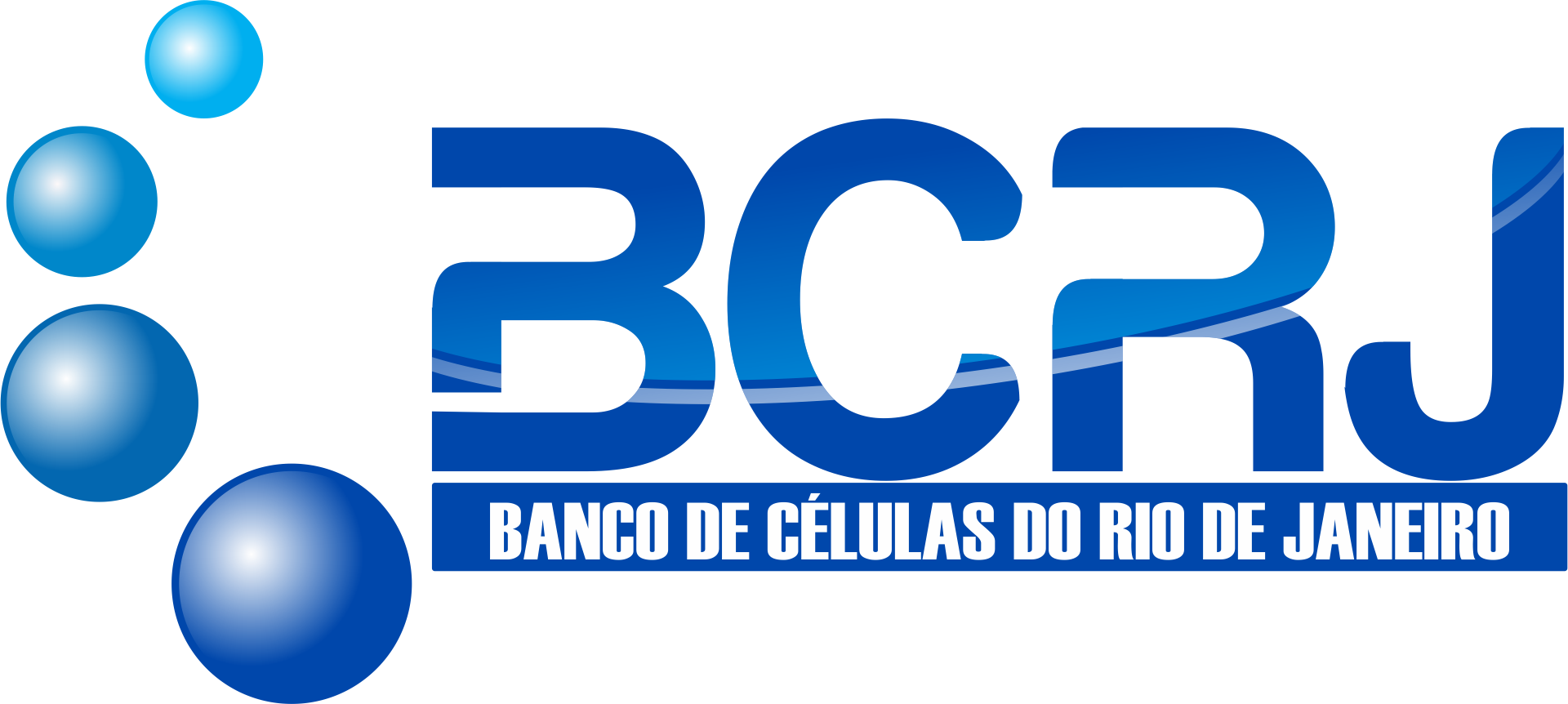| BCRJ Code | 0345 |
| Cell Line | EA.hy926 |
| Species | Homo sapiens |
| Vulgar Name | Human |
| Tissue | Somatic Cell Hybrid/Umbilical Vein |
| Cell Type | Endothelial |
| Morphology | Endothelial |
| Growth Properties | Adherent |
| Derivation | The human umbilical vein cell line, EA.hy926, was established by fusing primary human umbilical vein cells with a thioguanine-resistant clone of A549 by exposure to polyethylene glycol (PEG). Hybrid clones were selected in HAT medium and screened for factor VIII-related antigen. |
| Products | Genes Expressed: Factor VIII-related antigen; Homo sapiens |
| Biosafety | 1 |
| Addtional Info | Electron photomicrographs demonstrate cytoplasmic distribution of Weibel-Palade bodies and tissue-specific organelles, characteristics of differentiated endothelial cell functions such as angiogenesis, homeostasis/thrombosis, blood pressure and inflammation |
| Culture Medium | Dulbecco's Modified Eagle's Medium (DMEM) modified to contain 2 mM L-glutamine, 4500 mg/L glucose and 10% of fetal bovine serum. |
| Subculturing | Protocol: Volumes used in this protocol are for 75 sq cm flasks; proportionally reduce or increase amount of dissociation medium for culture vessels of other sizes. T-75 flasks are recommended for subculturing this product. Remove and discard culture medium. Briefly rinse the cell layer with PBS without calcium and magnesium to remove all traces of serum which contains trypsin inhibitor. Add 2.0 to 3.0 ml of Trypsin-EDTA solution to flask and observe cells under an inverted microscope until cell layer is dispersed (usually within 5 to 15 minutes). Note: To avoid clumping do not agitate the cells by hitting or shaking the flask while waiting for the cells to detach. Cells that are difficult to detach may be placed at 37C to facilitate dispersal. Add 6.0 to 8.0 ml of complete growth medium and aspirate cells by gently pipetting. Transfer cell suspension to a centrifuge tube and spin at approximately 125 X g for 5 to 10 minutes. Discard supernatant. Resuspend the cell pellet in fresh growth medium. Add appropriate aliquots of the cell suspension to new culture vessels. An inoculum of 2 X 10(3) to 3 X 10(3) viable cells/sq. cm is recommended. Incubate cultures at 37C. Subculture when cell concentration reaches between 8 X 10(4) and 1 X 10(5) cells/sq. cm. NOTE: For more information on enzymatic dissociation and subculturing of cell lines consult Chapter 12 in Culture of Animal Cells, a manual of Basic Technique by R. Ian Freshney, 6th edition, published by Alan R. Liss, N.Y., 2010. |
| Subculturing Medium Renewal | Twice a week |
| Subculturing Subcultivation Ratio | A seeding density of 2 X 103 to 3 X 103 viable cells/sq. cm should be used when subculturing these cells. |
| Culture Conditions | Atmosphere: air, 95%; carbon dioxide (CO2), 5% Temperature: 37°C |
| Cryopreservation | 95% FBS + 5% DMSO (Dimethyl sulfoxide) |
| Thawing Frozen Cells | SAFETY PRECAUTION:
It is strongly recommended to always wear protective gloves, clothing, and a full-face mask when handling frozen vials. Some vials may leak when submerged in liquid nitrogen, allowing nitrogen to slowly enter the vial. Upon thawing, the conversion of liquid nitrogen back to its gas phase may cause the vial to explode or eject its cap with significant force, creating flying debris.
NOTE: It is important to avoid excessive alkalinity of the medium during cell recovery. To minimize this risk, it is recommended to place the culture vessel containing the growth medium in the incubator for at least 15 minutes before adding the vial contents. This allows the medium to stabilize at its normal pH (7.0 to 7.6). |
| References | Edgell CJ, et al. Permanent cell line expressing human factor VIII-related antigen established by hybridization. Proc. Natl. Acad. Sci. USA 80: 3734-3737, 1983. PubMed: 6407019 Bauer J, et al. In vitro model of angiogenesis using a human endothelium-derived permanent cell line: contributions of induced gene expression, G-proteins, and integrins. J. Cell. Physiol. 153: 437-449, 1992. PubMed: 1280276 Edgell CJ, et al. Endothelium specific Weibel-Palade bodies in a continuous human cell line, EA.hy926. In Vitro Cell. Dev. Biol. 26: 1167-1172, 1990. PubMed: 2079463 Rieber AJ, et al. Extent of differentiated gene expression in the human endothelium-derived EA.hy926 cell line. Thromb. Haemostasis 69: 476-480, 1993. PubMed: 8322270 |
| Depositors | Luciano dos Santos Agum Capettini - Universidade Federal de Minas Gerais |
| Cellosaurus | CVCL_3901 |



